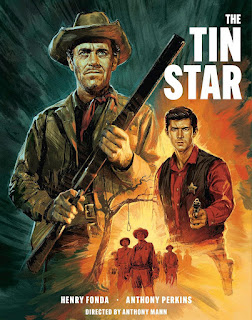Misunderstood

One of the biggest blind spots in the parenting toolbox is our inability to judge the true depth of our children’s emotions. As adults, we think that only grown-up problems matter, when in fact the stakes are just a high for our kids. Few films capture this flawed logic better than Luigi Comencini’s Misunderstood (1966), a melancholy coming-of-age story that digs deep into familial bonds that keep us together…and, just as often, tear us apart. After the death of his estranged wife, John Duncombe is at a loss how to break the news to his two sons. Andrea, the eldest seems to take things in stride, carrying the burden for his younger brother Miles. But while their father keeps busy with work, the children become more and more desperate for his attention, particularly Andrea who finds himself labeled a “troublemaker” despite every effort to impress. Instead, it’s Miles, with no memory of his absent mother, who becomes the focus of the family, blissfully ignorant of the tragedies of





